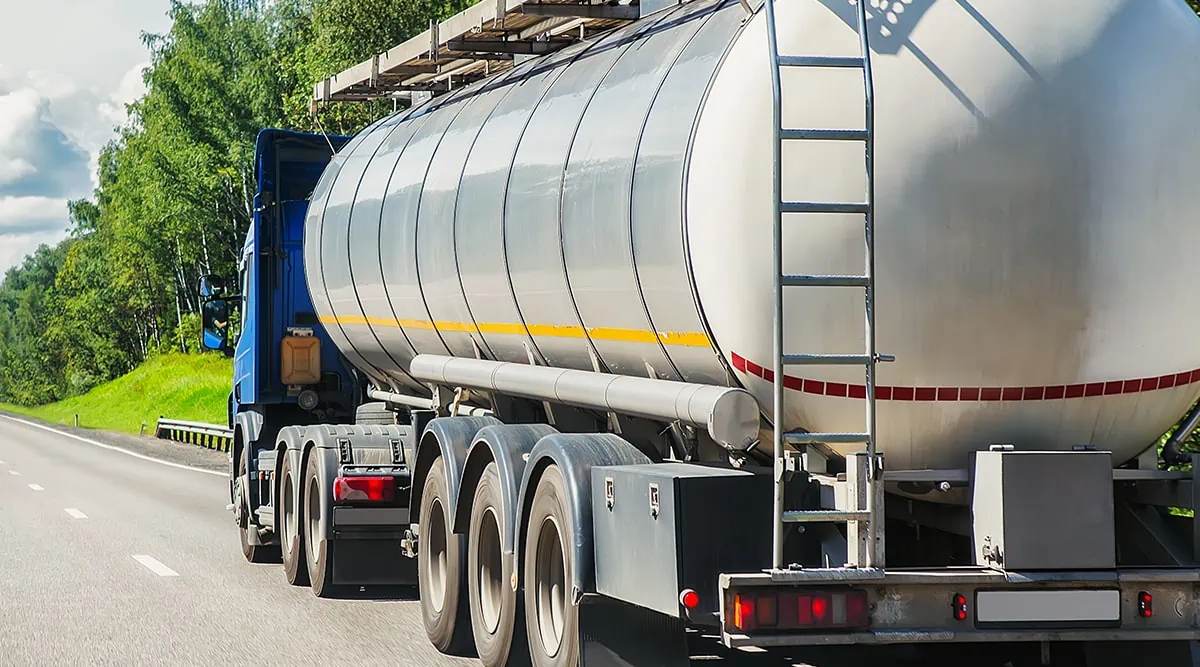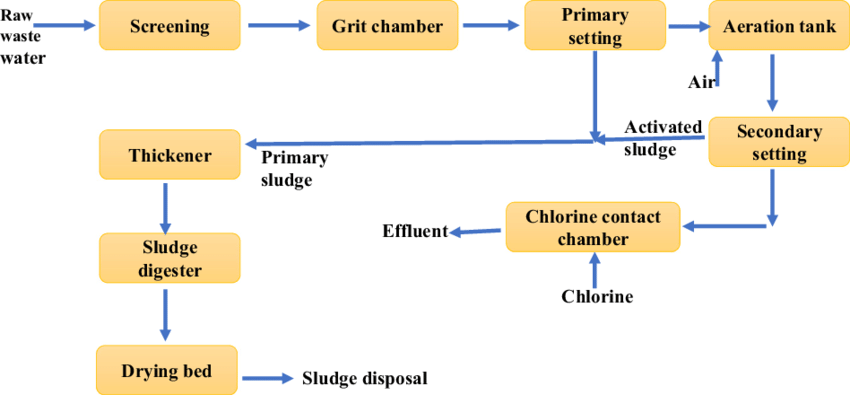8 Easy Facts About Reclaim Waste Explained
About Reclaim Waste
Table of ContentsGetting The Reclaim Waste To WorkOur Reclaim Waste IdeasThe Only Guide for Reclaim Waste7 Simple Techniques For Reclaim Waste7 Simple Techniques For Reclaim Waste
Discover the types, occurrences, and types of liquid waste. Residential sewage waste describes the waste and products from a residential septic system. This kind of waste is produced by people in houses, colleges, and other structures. This only consists of septic systems that have a drainpipe area. The proper monitoring and disposal of domestic sewer waste require liquid waste to be moved to a sewage therapy plant where the correct techniques and tools are put on cleanse and take care of waste.
Commercial waste typically consists of possible hazards, such as flammable products or a mixture of liquid and solid waste products, and needs an extra advanced and comprehensive disposal procedure. The disposal of business waste generally includes the purification of waste prior to transport to ensure risk-free and correct disposal. Hazardous waste is developed from byproducts and runoff of industrial processes and production.
This type of waste can not utilize the exact same sewer administration transport or procedures as septic or business fluids. The hazardous waste monitoring process requires the examination and screening of liquid waste prior to it undertakes the disposal procedure (industrial wastewater treatment). Runoff waste is the liquid waste that comes from drainage and excess stormwater in very booming areas or cities
Overflow waste can cause contamination and flooding otherwise dealt with appropriately. Find out more about sewer cleansing and waste administration. Guaranteeing appropriate waste monitoring can prevent disasters and decrease environmental injury. Both individuals in household setups and professionals in commercial or manufacturing markets can take advantage of understanding the processes and guidelines of fluid waste administration.
The Best Guide To Reclaim Waste
Call PROS Solutions today to learn more about our waste monitoring and disposal services and the appropriate ways to look after the liquid waste you generate.
(https://www.pubpub.org/user/leon-aube)This so-called 'wastewater' is not only an important resource yet, after treatment, will be launched to our land, rivers or the sea. Utilized water from commodes, showers, baths, kitchen area sinks, washings and commercial processes is recognized as wastewater.

water made use of to cool down machinery or tidy plant and tools). Stormwater, a form of wastewater, is drainage that moves from agricultural and metropolitan areas such as roof coverings, parks, gardens, roadways, courses and rain gutters right into stormwater drains, after rain. Stormwater moves unattended straight to neighborhood creeks or rivers, eventually getting see page to the sea.
The 8-Minute Rule for Reclaim Waste
In Queensland, many wastewater is dealt with at sewage therapy plants. Wastewater is delivered from domestic or industrial websites via a system of sewers and pump terminals, called sewage reticulation, to a sewer treatment plant. City governments construct, preserve and run most sewage therapy plants. Operators are licensed under the Environmental Defense Act 1994 to discharge treated wastewater at an acceptable ecological standard into waterways.
The Department of Natural Resources suggests city governments regarding managing, operating and maintaining sewage systems and treatment plants. In unsewered areas, local federal governments may need householders to install individual or home sewage therapy systems to deal with domestic wastewater from toilets, kitchens, washrooms and washings. The Department of Natural Resources authorises making use of family systems when they are shown to be effective.
In some new neighborhoods, treatment of some stormwater to remove litter, sand and gravel has actually started utilizing gross contaminant traps. Wastewater therapy happens in 4 stages: Gets rid of solid matter.
Utilizes small living microorganisms recognizes as micro-organisms to break down and eliminate staying liquified wastes and fine bits. Micro-organisms and wastes are included in the sludge.
Little Known Questions About Reclaim Waste.
Nutrient elimination is not readily available at all sewage therapy plants since it calls for pricey specialist tools. Clear fluid effluent produced after therapy might still consist of disease-causing micro-organisms - industrial wastewater treatment.

The majority of wastewater streams into the sewage system. Under the Act, regional governments carry out approvals and permits for ecologically relevant tasks (Ages) involving wastewater launches that may have a local influence.
The 4-Minute Rule for Reclaim Waste
Surveillance provides factual information about water quality and can confirm that permit problems are being fulfilled. The details gotten through monitoring supplies the basis for making water high quality choices.